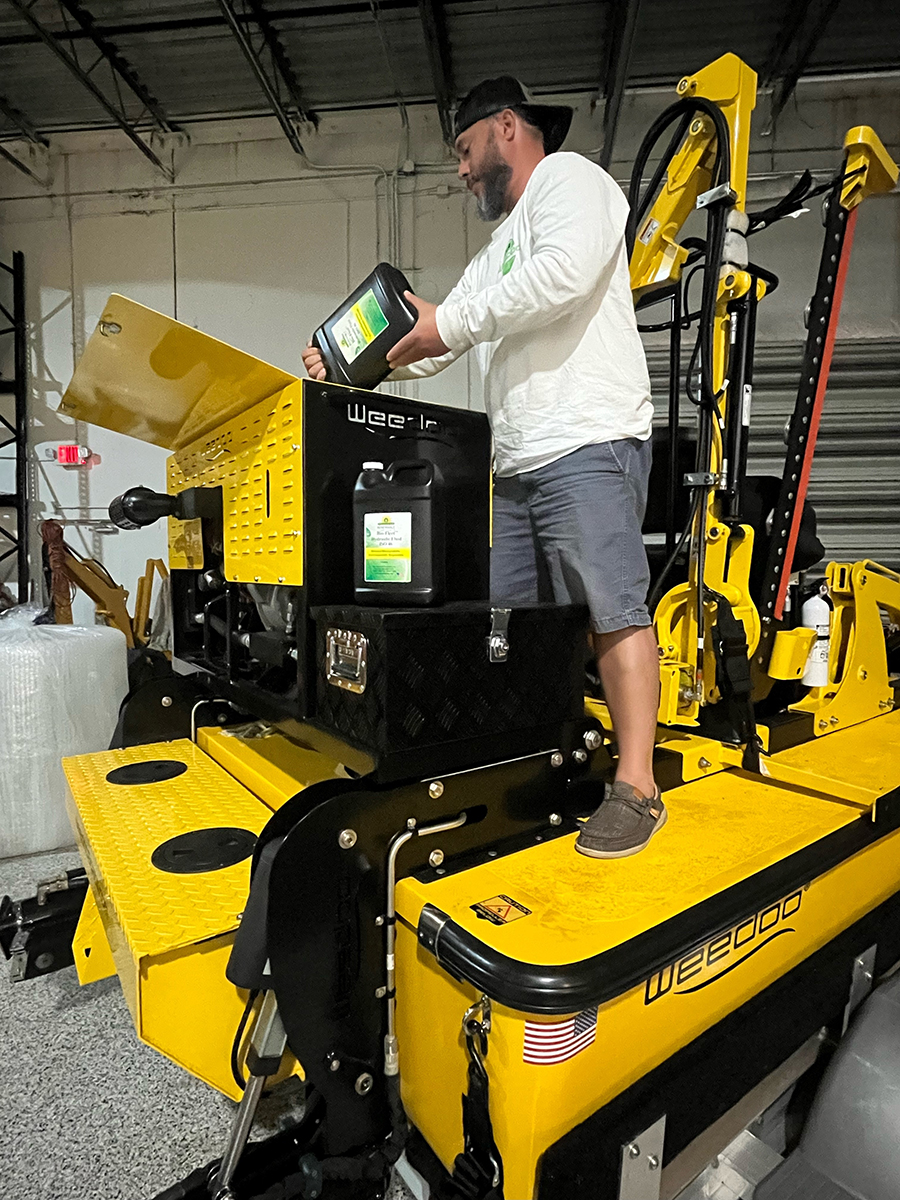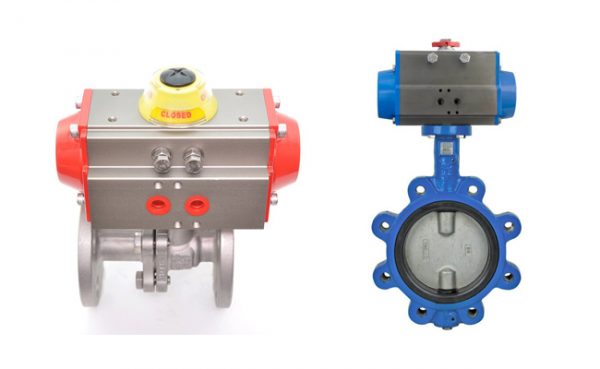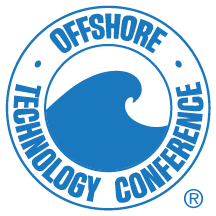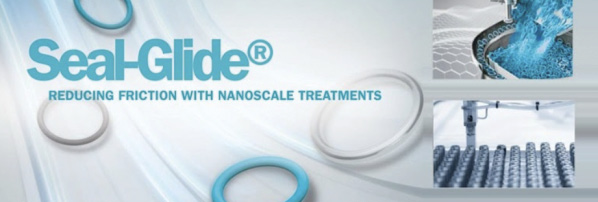Healthy Waterways
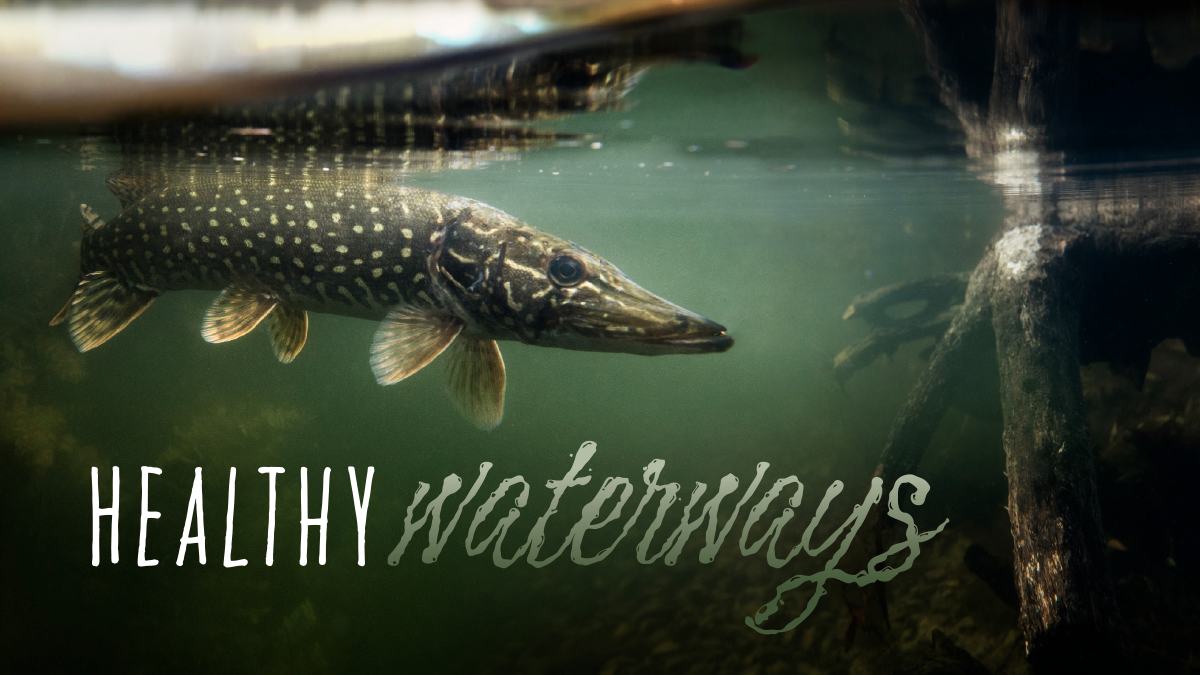
By Jim Wahl, Wahl Marketing and Ben Garmier, Renewable Lubricants, Inc.
Clearing the world’s waterways of invasive vegetation, algae, refuse, and other pollutants is essential work with enormous impact. Healthy marine environments are a lifeline for so many things. This includes jobs such as farming, fishing, and shipping. It’s essential to clean water and wildlife habitats, as well as property values, tourism, and recreational opportunities. Regular herbicide use, chemical runoff, and basic evolution have caused numerous plant species to develop resistance, leading to clogged waterways and other hazards. Removing the offensive materials mechanically is ideal, but that method poses different challenges. Fortunately, Weedoo Greenboat, Inc. discovered an environmentally friendly solution that is also cost-effective from Renewable Lubricants.
Unique Workboats Offer Mechanical Clearing and Removal
When John Grimes and his father Phil wanted a machine to clear weeds from their lake in an environmentally conscious manner, they took matters into their own hands by inventing one. 20 years later, Weedoo has grown to make several lines of environmental workboats and amphibious work equipment that can take on the toughest jobs in extreme and challenging aquatic conditions. Their advanced, environmentally friendly shoreline equipment provides a cost-effective way to clean waterways of invasive vegetation, algae, refuse, and other pollutants. Customers ranging from individuals to large companies actively seeking to preserve nature and protect natural resources have found these machines effective, helping them avoid the use of carcinogenic chemicals.
Since no two waterways are the same, Weedoo has developed a range of products and accessories. Their TC-Series workboats are compact and powerful, with a unique hull design that allows for maximum payload and balance. The TC-3012 can clear 500 pounds of weeds per minute, transforming a whole lake in an afternoon. A range of quick-change hydraulic attachments saves valuable time and includes a marine bucket, root rake, silt sucker, skimmer bucket, sediment remover, and pole saw. The Weedoo AmphiKing 6450 carries out water maintenance, construction, and even disaster cleanup tasks in the harshest, most inaccessible environments. A front-mounted, articulating boom features convenient quick-connect hydraulics. It brings well-known power to the front collecting rake, mowing and collecting basket, small auger dredge, weed grapple, and T-cutting bar. With no ramp required and a shallow draft for easy access to problem areas, the Weedoo workboats are multifunctional, powerful, and extremely maneuverable.
The mechanical removal of weeds and debris eliminates the need for using threatening substances, but working in the water with hydraulic equipment poses new challenges. These machines require essential fluids for transmitting power, lubricating the system, and dissipating heat. While there are many options available, most are not suitable for use in water. Mineral-based options are not biodegradable, cause long-term pollution and exposing aquatic life to toxicity. Even a small leak, much less a blown hydraulic hose, can have disastrous effects on the environment. Plus, there’s a potential to incur high fines for these accidental discharges. Water-based fluids are a logical consideration, but they are only moderately biodegradable, must be replaced frequently, and tend to wash away. They’re better suited for low-pressure systems and environments that are not sensitive. To complicate matters further, regulations for chemical use in waterways become more stringent with each year. In 2024, the Environmental Protection Agency (EPA) introduced the strictest clean water legislation to date, including stiff penalties for violators.
Weedoo realized that use of an environmentally friendly hydraulic fluid was a necessity. While researching the options, they found that not all eco-conscious choices are the same. Even though they have an identical ISO weight, there are significant differences in the oxidation process. This yields critical performance variances. Oxidation is a complex series of chain reactions common to most hydraulic fluids and consists of three stages: initiation, propagation, and termination. During the initiation phase, hydrocarbon molecules react with catalysts such as heat, pressure, or contaminants. This leads to the formation of free radicals, highly reactive molecules that combine to create new products. In propagation, the radicals fuel the process by reacting with oxygen, creating peroxides and other reactive species. The byproducts from these reactions sometimes act as propagators, further expediting the process. Many factors including high temperatures, moisture, metal contaminants, and agitation can accelerate the oxidation process as well, leading to rapid degradation. Consequences of oxidation include increased oil viscosity and organic acids, along with the formation of sludge, varnish, and deposits. Additive depletion can occur as well, including anti-wear additives, dispersants, and corrosion inhibitors, along with the loss of other vital performance properties. The termination phase occurs when stable, non-reactive products have formed, and oxidation has ended.
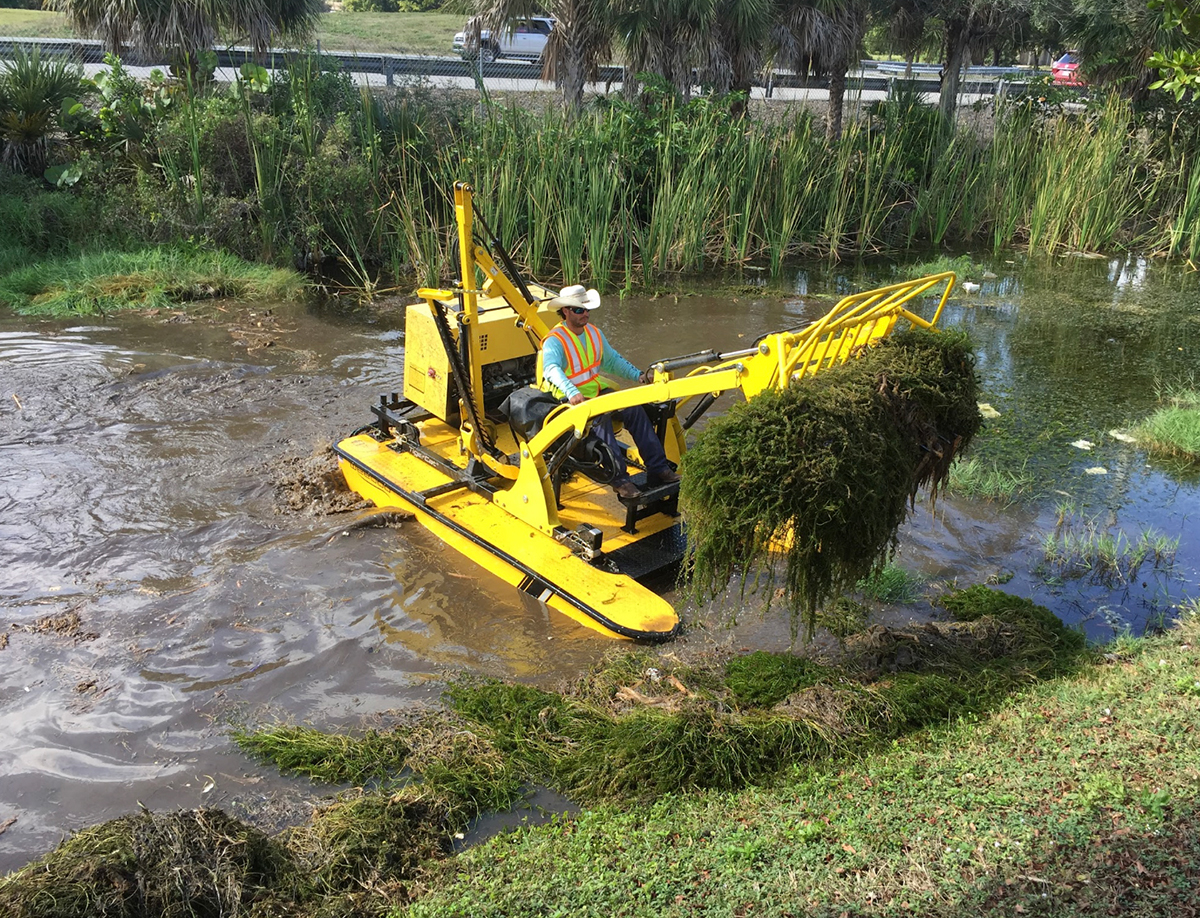
Hydraulic Fluids That Exceed Expectations
Companies and government agencies that buy biobased anti-wear (AW) hydraulic fluids at the lowest bidding cost are assuming all biobased fluids (in the required ISO viscosity) perform the same, which is false. Fortunately, Renewable Lubricants solves the problem with its patented, fully biodegradable options. A recent study conducted on seven brands of biobased hydraulic fluids demonstrated Renewable Lubricants’ remarkable performance in resisting oxidation.
The ASTM D-2272 Rotary Pressure Vessel Oxidation Test (RPVOT) is a standardized method of comparing the oxidation life of lubricants in similar formulations. In the accelerated life-cycle testing format, all Renewable Lubricants lines significantly outperformed the other biobased and synthetic polyol ester-based AW hydraulic fluids. The longer the time in minutes, the greater the stability of the fluid. The US Steel requirement for anti-wear hydraulic fluid is greater than 120 minutes, which equates to 1,800 hours of service life. While many brands do not achieve that minimum, every Renewable Lubricants formulation exceeds the requirement by more than double. Some products, such as the Bio-Ultimax 2000, deliver an impressive 650 minutes of product life, more than five times the requirement.
Bio-Fleet is particularly suitable for the demanding conditions encountered by Weedoo’s workboats, which operate in heat and water. Superior fluid performance ensures reliable operation, maintaining hydraulic systems’ performance while minimizing environmental impact. Bio-Fleet Hydraulic Fluids are environmentally accepted lubricants (EALs) that are formulated from renewable biobased resources. Ideal for both high-pressure and low-pressure hydraulic applications, they meet the Environmental Protection Agency (EPA) 2013 Vessel General Permit (VGP) guidelines for Environmentally Acceptable Lubricants (EALs). A direct replacement for mineral oil-based hydraulic fluids, they should be used when low toxicity, biodegradability, and non-bioaccumulation properties are required. They exceed the acute toxicity (LC-50/EC-50 >1000 ppm) criteria adopted by the US Fish and Wildlife Service and the EPA. Since they meet the environmental requirements, they can also be used where ISO 15380 (HEES/HETG) Hydraulic Fluids are specified.
Highly inhibited against moisture and rusting in both fresh and seawater, Bio-Fleet fluids pass both A and B Sequences of the ASTM D-665 Turbine Oil Rust Test, and they provide excellent water separation as shown in ASTM D-1401 Demulsibility Test. With a higher viscosity index than synthetics, they feature improved thermal shear stability and increased load capacity, which translates to enhanced performance and longer equipment life.
Green Alternatives Are the Future
Intense OSHA monitoring and new regulations for water supply safety add increased urgency to eco-friendly business efforts. Transitioning to environmentally safe hydraulic fluids ahead of regulatory requirements benefits many companies. In addition to ensuring compliance, companies can reduce the risk of operational disruptions or expensive fines. Minimizing environmental liabilities is a sound operational policy and demonstrates a commitment to sustainability. There are also financial incentives available, such as grants and tax breaks. By adopting these greener technologies, companies can future-proof their operations, align functions with global sustainability goals, and gain a competitive edge in an increasingly eco-conscious market.
Bio-Fleet formulations show excellent performance in both test and real-world applications, ensuring reliable operation even in harsh conditions. Available in various ISO weights, including 22, 32, 46, and 68, the fluids offer anti-wear, anti-rust, anti-oxidation, anti-foam, and demulsibility properties, making them suitable for high-pressure systems, and ideal for marine applications like winches, capstans, dredges, and other workboat applications.
STABILIZED by Renewable Lubricants™ is RLI’s trademark on their proprietary and patented antioxidant, anti-wear, and cold flow technology. High Oleic Base Stock (HOBS) are agricultural vegetable oils. This Stabilized technology allows the HOBS to perform as a high-performance formula in high and low-temperature applications, reducing oil thickening and deposits. Patented product: US Patent 6,383,992, US Patent 6,534,454 with additional Pending and Foreign Patents.

